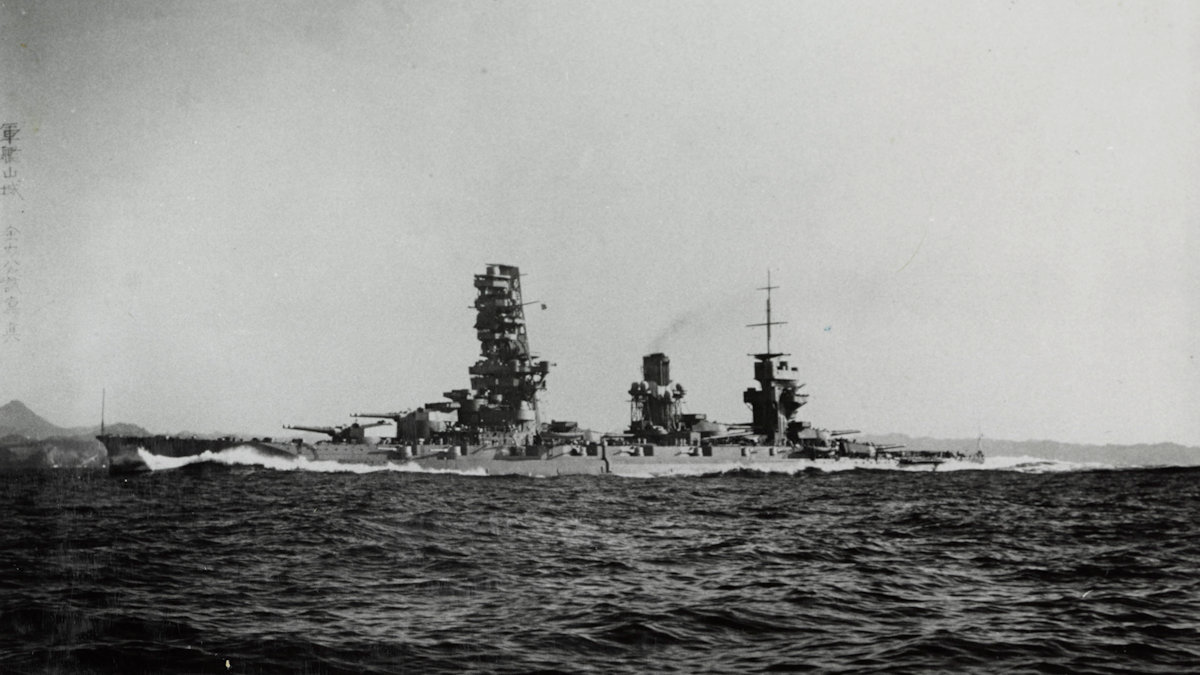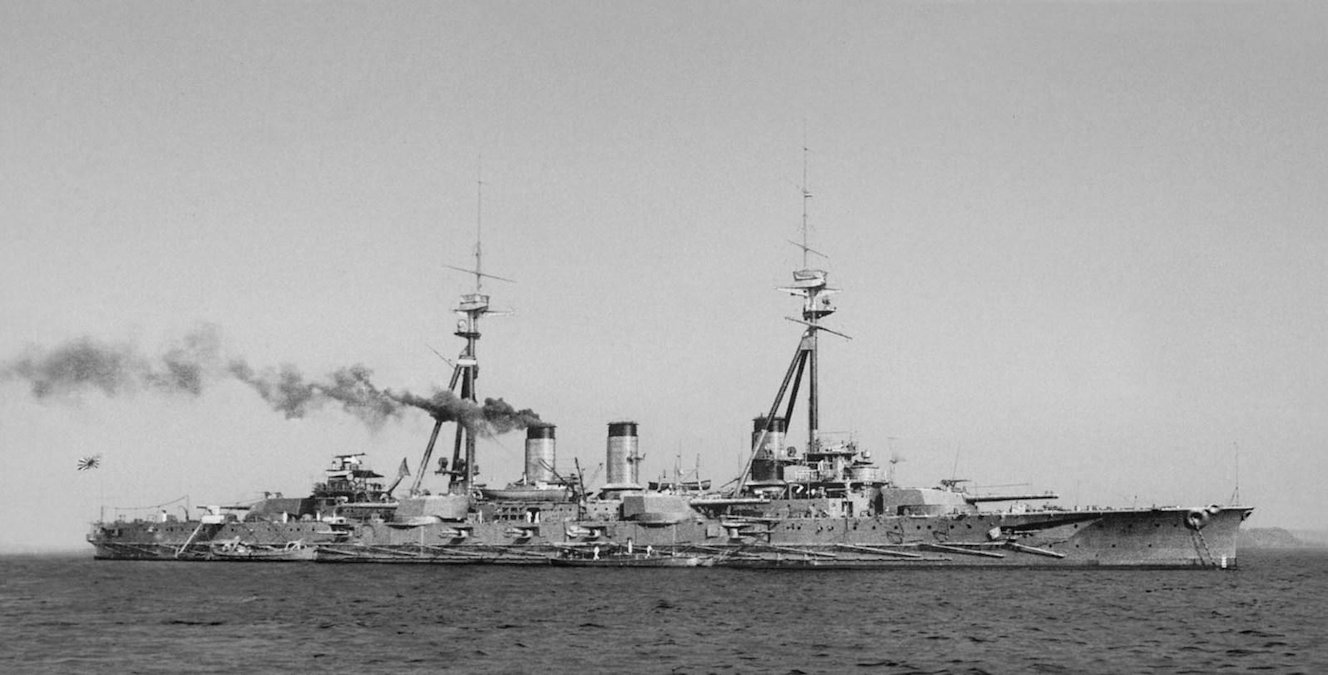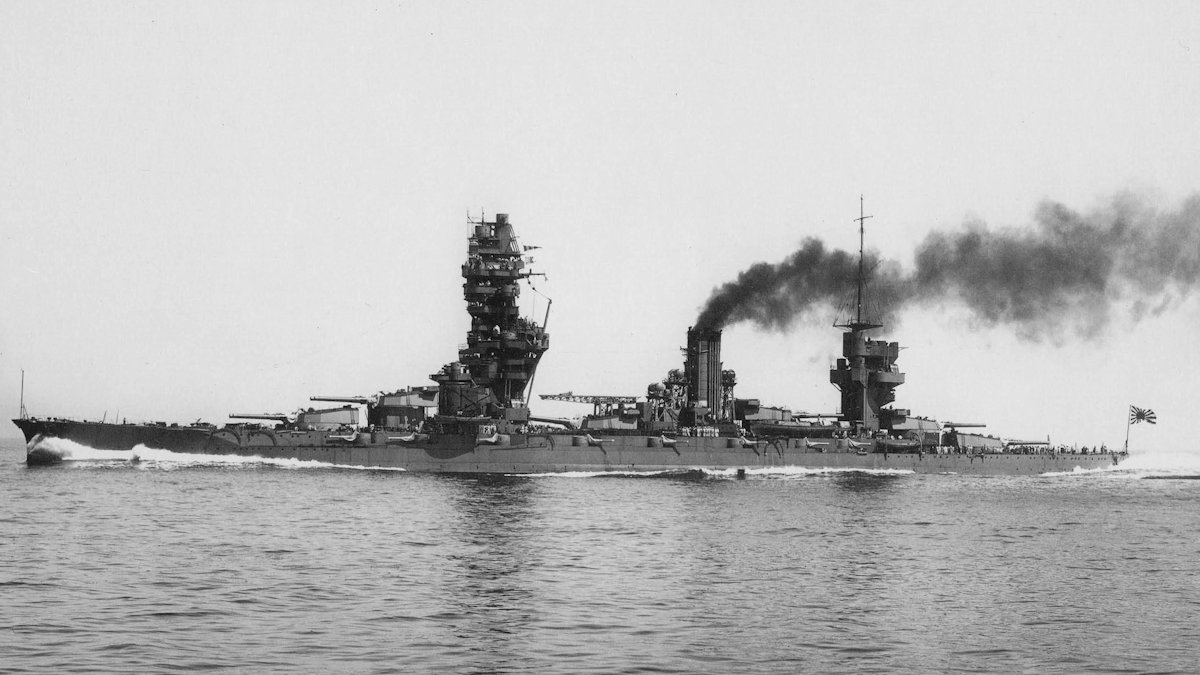Tag: naval
-
Japanese Battleship Yamashiro

Japanese Battleship Yamashiro Yamashiro was a Fusō-class dreadnought battleships built for the Imperial Japanese Navy. Launched on 3 November 1915, she was completed on 31 March 1917. Due to her age, Yamashiro played supporting roles in the early part of World War Two. At the Battle of Leyte Gulf, Yamashiro was part of Vice-Admiral Shōji… Read more
-
Japanese Battleship Settsu

Japanese Battleship Settsu Settsu was a Kawachi-class battleship built for the Imperial Japanese Navy. Launched on 30 March 1911, she was completed on 1 July 1912. During the First World War, Settsu and her sister Kawachi bombarded German positions at Qingdao during the siege of Qingdao in 1914, but saw no other combat. After World… Read more
-
Japanese Battleship Fusō

Japanese Battleship Fusō Launched in 1914 and commissioned in 1915, Fuso was the lead ship of her class of dreadnought battleships built for the Imperial Japanese Navy. Fuso played no part in World War One, instead patrolling the coast off China. She underwent extensive rebuilds from 1930–1935 and 1937–1941 with improvements to her armor and… Read more